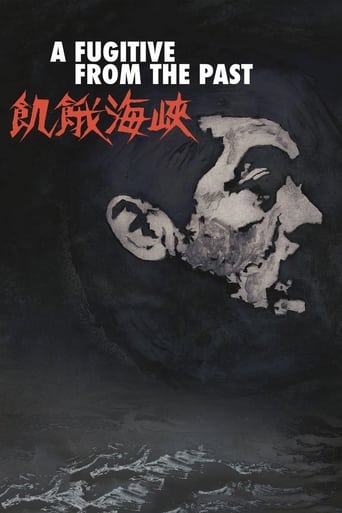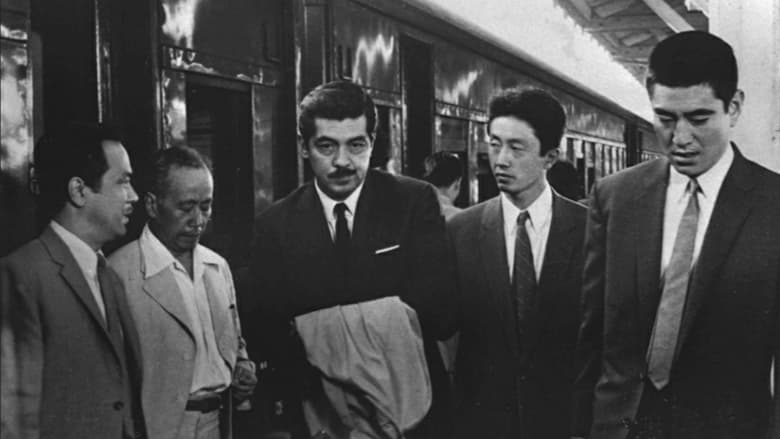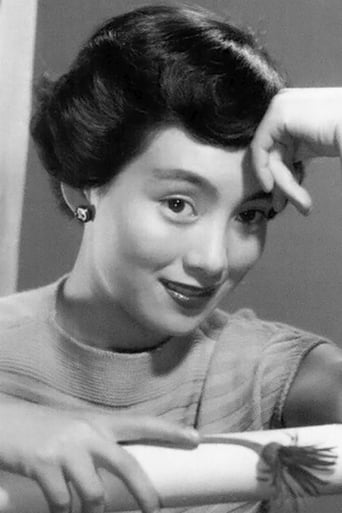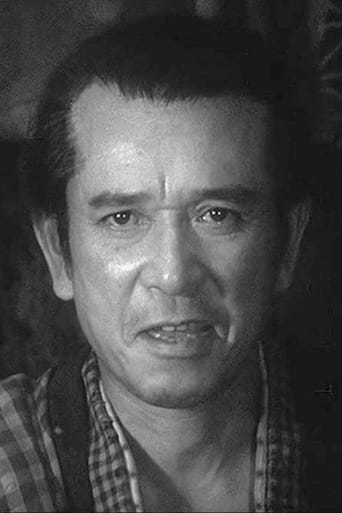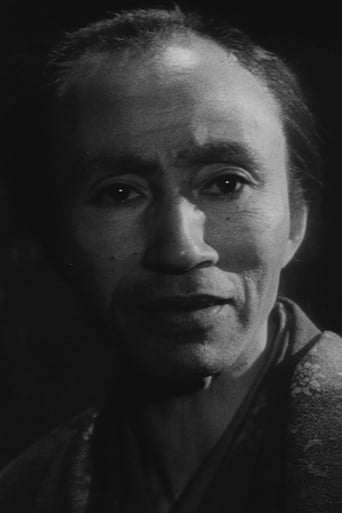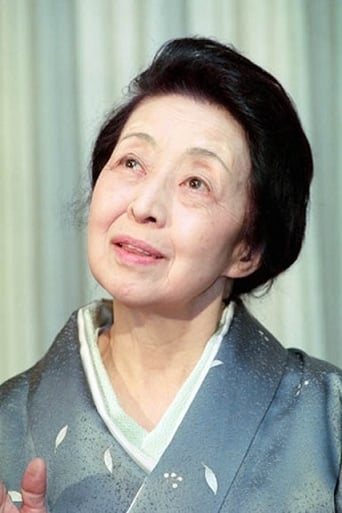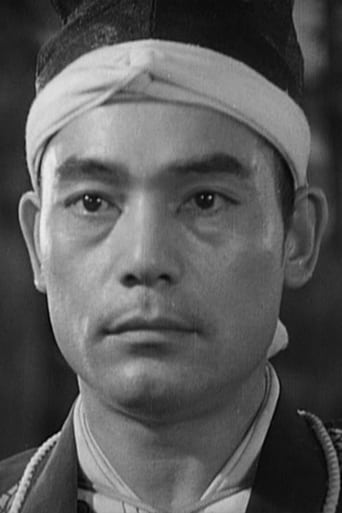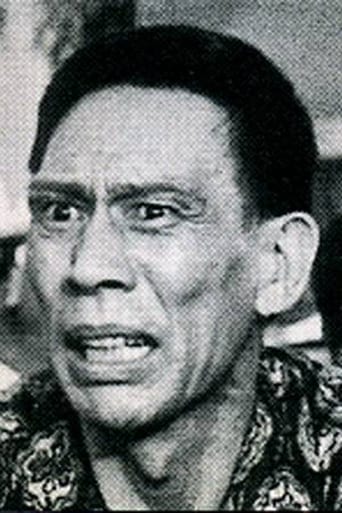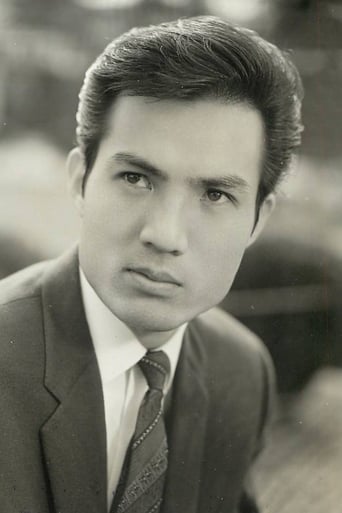Three robbers escape with loot from a heist before one of them kills the others. Their corpses wash up near the aftermath of a maritime calamity, provoking a policeman's interest.


Reviews
A Fugitive from the Past (alt. Hunger Straits or Straits of Hunger) is a 1965 allegorical police procedural mystery drama based on Tsutomu Minakami's novel, directed by Tomu Uchida, who's sometimes seen as a Japanese New Wave figure but that's really impossible to determine because the movement never officially existed. This movie is usually hailed as his magnum opus.AFftP begins with a recap of a 1940s maritime disaster and proceeds to follow three robbers for a bit. After the opening, the date and location constantly shift forward as the film starts to focus on a wide array of characters, one by one. It's unofficially divided into three acts, the first of which is a mystery tale ft. the robber, the prostitute and the detective, the second act, which follows the prostitute's life story from there on, and the third, where the cops slowly start to break the robber's mask down.The movie is not only a subtly satirical overview on the Japanese post- war society, but is also laced with Buddhist messages. It's very hard to understand the intent of the makers without some context, but the story apparently follows the protagonist's karma, which certainly makes for an unique character study. Some scenes are seen through negative film - I suppose that those are intended to be particularly important but I don't know why. The other two interesting visual approaches are the usage of a grey filter during the detective's crime reconstruction scenes that take place in his head, and the overwhelming usage of blowing fans which are somehow positioned in almost every frame from the third act.AFftP is sometimes compared to Kurosawa's High and Low, both being crime procedural films. One thing Uchida does better is providing interesting characters; the cast in his film is MUCH more interesting than in Kurosawa's film. Rentaro Mikuni, the most underrated Japanese actor ever, gives a fascinating lead performance; his character is unpredictable and mysterious as he should be. Sachiko Hidari (wife of New Wave director Susumu Hani) is very lovely as the somewhat childish prostitute and the second act, which centers around her, is definitely the best. Special mention to Jonzaburo Ban and Ken Takakura as the two cops which shine in the third act.One thing that Kurosawa does better is presenting the actual investigation aspect. In HaL, the audience is just as clueless as the characters and therefore the investigation is more interesting to follow. In AFftP, Uchida shows us many scenes revolving around the robber before the cops start investigating. The third act sometimes gets really tedious because the cops take forever to realize that which the audience knows and some of their remarks are really stupid. Like in the scene where two corpses with strangle marks are found in the water, with a rock tied to them, and some jackass suggests that maybe it was a double suicide. All that, combined with the unnecessary long runtime (3 hours, without an intermission), make the movie weaker than it should've been. Uchida takes his time telling the plot and the pace is constantly slow, but I'm not sure whether or not this tactic really works because it renders most of the film forgettable, even though it keeps the viewer interested while it's going on.A Fugitive from the Past is definitely worth a watch for anyone interested in the Japanese New Wave, but don't expect to get much out of it unless you are an expert on Buddhism. The point of the movie seems out of the reach, but it's a satisfying mystery film overall.
This film is long, predictable, and boring. There is no suspense, the plot is stale, and the police procedure is completely uninteresting. The acting and cinematography are good, but there are some primitive effects whose strangeness is sort of unsettling as intended, but have mostly a comic effect for modern Western viewers (the sex scene with a fingernail is perhaps the highlight of the film). As in most Japanese movies, the characters are ridiculously awkward at times, but apparently this is how Japanese behave in reality.While the depiction of post-war Japan was interesting, it wasn't enlightening, and as with German accounts of WWII you get the feeling that what little suffering is depicted is exaggerated.Fans of Japanese cinema might like this film, but I recommend you watch Pitfall (again) if you are short on time, because Kiga kaikyo won't be adding much to your life.
"Kiga Kaikyo" is a perfect blend of Kurosawa's crime films ("The Bad Sleep Well" and "High and Low") with Teshigahara's hypnotism ("Pitfall," "Woman in the Dunes," and "The Face of Another"). Characteristic of the best films of 1960's Japanese cinema, Kudo blends a complex tale of deceit and moral dilemma with elegantly weaved chiaroscuro cinematography. The film unfolds over three acts with deliberate pacing; over these three acts the protagonist shifts into an antagonist and Kudo examines the primal nature of man. The film is not perfect -- it lacks the poignance of Kurosawa and the visual mastery of Teshigahara. Nevertheless, it blends both together seamlessly, tapping the best of both director's and delivery a tightly wound suspense curio that fails to disappoint.
*MAY CONTAIN SPOILERS* *MAY CONTAIN SPOILERS* *MAY CONTAIN SPOILERS* This film is not to be missed. It has all the ingredients of a great movie. A story based on characters. Characters we care about what happened to them. A development both in characters and story. And a social commentary on Japan after The Second World War. Supported by an excellent cast & story telling.Filmed in black & white and at 182 minutes long, the film is never boring. One can only wish that such films will be made today. Unfortunately in the day of special effects such films have no place and that is a shame.I can only recommend this film. It worth every money you pay for it and any time you will dedicate to see it.
